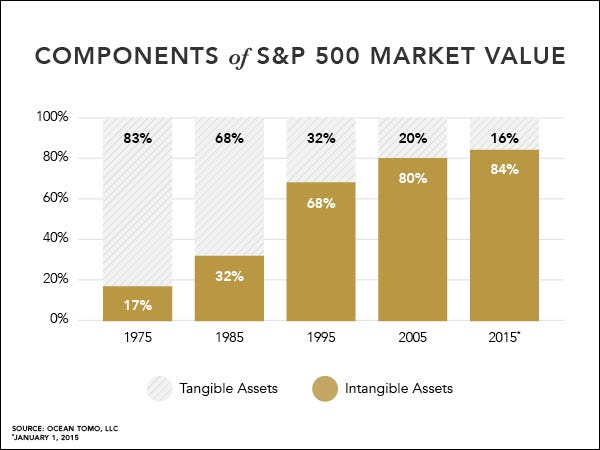The silo effect is everywhere in business. If you’ve never heard of the concept and have some strength to lift off the rock you’ve been living under, here’s the deal: for decades (centuries?), we’ve organized business according to functional expertise. That, in turn, creates silos. Silos are essentially departments. So you’ve got marketing, sales, IT, operations, etc. The Silo Effect is when leadership of each department begins (a) believing their department is the one that truly matters to the business and (b) only communicating within their own department.
30–40 years ago, The Silo Effect was a problem — but it wasn’t necessarily a company-killer. Now it’s closer to the latter. See, a few different things happened along the way. First off, digital tools exploded — insert oft-seen quote about Facebook getting to 500 million users in 1/5th the time it took to build the highway system here — and as a result, everyone technically needs to collaborate with IT. Then, because of those same digital tools, the sales funnel changed about 127,893 times — so now sales and marketing need to collaborate more with each other and other departments. Then we started creating business models that were based less on tangible assets, as seen here:
A lot changed in a short period of time, and as all this was happening, there was a generally greater push towards ‘collaboration’ and/or ‘teamwork’ in business environments, even though no one really wants to collaborate as much as we think they do.
When you factor everything here together, The Silo Effect can be pretty deadly to a company that’s still chasing it. What can be done? Well, a bunch. But first: a funny story!
The Silo Effect: A touch of humor
Normally this idea about The Silo Effect refers to whole departments, i.e. marketing, operations, etc. (As I said above.) I actually worked in a place once that had silos within silos, which is a really brutal version of The Silo Effect. Here’s what I mean: within marketing, there was a team that did e-mail marketing, a team that did social media, a team that did content production, and a team that did the overall business strategy for the website.
Four teams. All individual silos. Those teams almost never spoke to each other. I should know, baby! I was on one of the teams, and aside from vaguely sitting near 2–3 other people, the teams never collaborated. Four silos, within the broader marketing silo. Now, if content ain’t talking to social, how effective do you think the social sharing is? If business of the digital side ain’t talking to e-mail marketing, how logical do you think those processes are? See my point here? The Silo Effect is bad when it’s just departmental. When you start going deeper, it makes you want to crawl under your desk and suck your thumb all day.
The Silo Effect: Why does it happen?
Keep reading with a 7-day free trial
Subscribe to What Is Even Happening? to keep reading this post and get 7 days of free access to the full post archives.





